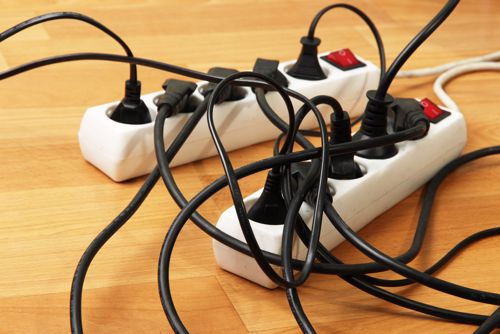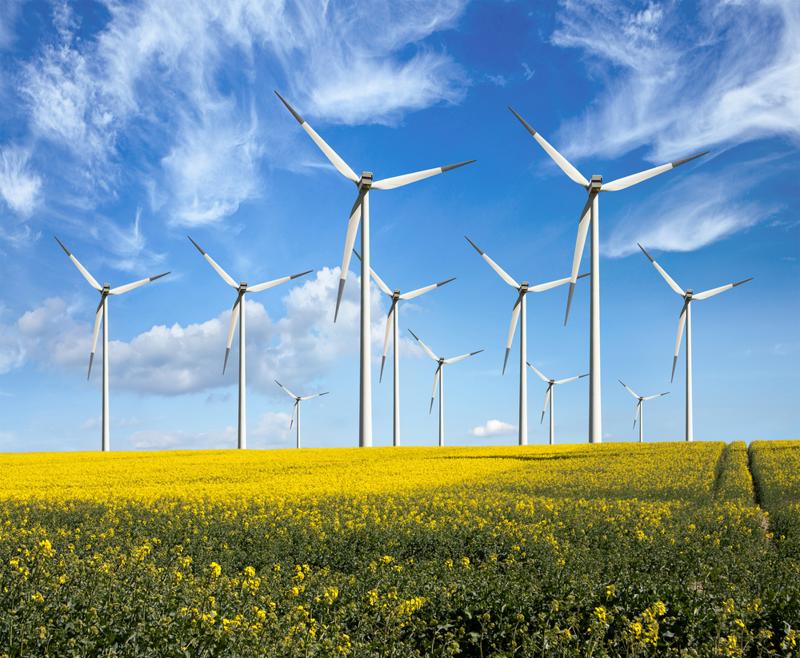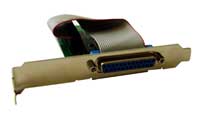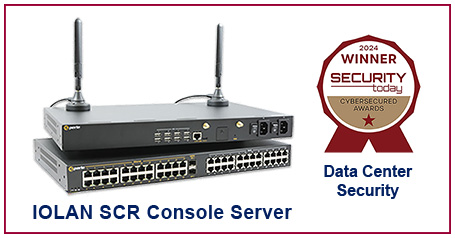
Say bye to battery woes with zero energy IoT
By Perle SystemsMarch 10, 2023
It's been almost 250 years since Thomas Edison patented the first widely commercially available lightbulb. Originally a luxury for the elite, electricity has since become an infrastructure cornerstone (and, in many countries, access to it is a human right). We use electrical energy for everything from the small, humble lightbulb to mammoth oil rigs, computer server centers, spacecraft and more.
Electricity is vital for powering our small devices, too. Phones, laptops, watches and even digital books or e-cigarettes all require energy. Many — if not most — of these technologies use chargers that must be plugged into an electrical outlet. Some still utilize old fashioned disposable batteries. Either way, they have one thing in common: They need an energy source. This fact can be inconvenient at best in developed societies, and devastating at worst in nations that don't have reliable power grids.
So, how can we navigate this issue? The answer is simple — zero energy internet of things (IoT). Let's take a look at what it is and the implications it has for not only our technology, but for our future as a species.
Zeroing in on zero energy IoT
IoT is a vast global network of billions of interconnected devices that can transmit data among each other. As mentioned earlier, all these technologies need electricity to operate. But, what if they could have their own self-sustaining power source that could effectively allow them to function without being recharged through plugs?
That's where zero energy IoT (Ze-IoT) comes into play. As Ericsson explains, these devices would be "near immortal" and would cease to work only when the device itself has reached the end of its lifespan, rather than the battery. What would this look like in practice? According to Electronic Specifier, these technologies would "harvest" their required electricity from the environment around them.

In essence, a zero energy IoT device could be powered by changing temperatures, atmospheric vibrations (such as radiofrequency waves), sunlight (thermal energy), or kinetic energy as found in wind or moving water. Basically, you'd have a tiny renewable energy plant built into your device. As long as the energy it gathers from the environment around it can be converted into electricity, the device could power itself.
Going green for our future
As the effects of climate change continue to worsen, we have to find ways of using renewable energy to decrease our reliance on fossil fuels. Thousands of cities have built solar and wind farms to power their buildings, and many use hydroelectric power generated by stations at dams. Zero energy IoT will further allow us to produce and utilize electricity that has no harmful impact on the environment.
Currently, the world produces 50 million metric tons of e-waste a year, and e-waste dumping sites often pollute the surrounding water and soil, making the former undrinkable and the latter inarable. By using zero energy IoT devices, we can reduce e-waste production and keep the planet inhabitable for many years to come.
Partner with Perle to protect the planet
At Perle Systems, we understand the importance of minimizing our effect on the environment. That's why we have a stringent environmental policy in place to ensure that our wide variety of software and hardware products give our customers the best service with the least negative impact.



